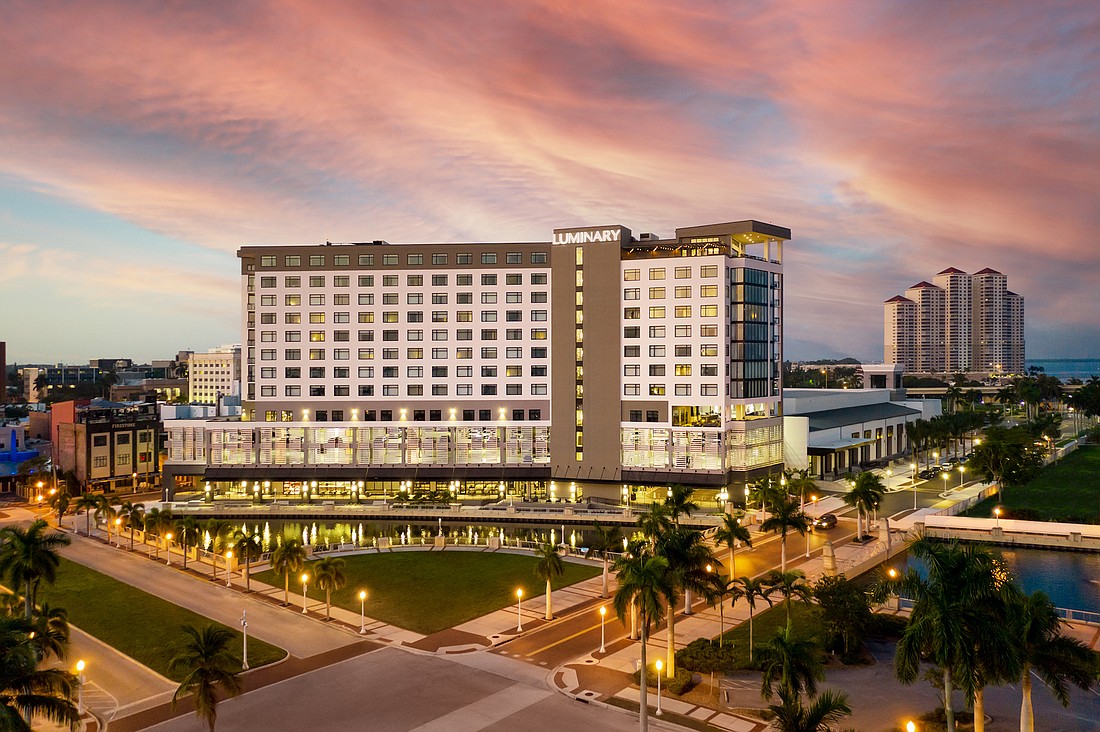- January 14, 2025
-
-
Loading

Loading

What do Seattle, Las Vegas, Austin, Charleston, S.C., Phoenix and Nashville have in common with Cape Coral and Fort Myers?
They’re all on the National Association of Realtors’ (NAR) inaugural list of the top 10 commercial real estate markets in the U.S. for 2021.
NAR in its “Commercial Real Estate Forecast Summit” earlier this month also ranked Salt Lake City, Raleigh, N.C. and Tucson, Ariz., based on 25 criteria, including gross domestic product growth; unemployment rate; median household income; consumer spending; business openings; population growth; homeownership rate; building permits; and apartment rents and vacancies.
“The top commercial real estate markets that are expected to outperform the rest of the nation are generally affordable and able to draw new residents with a greater flexibility to work from home,” NAR Chief Economist Lawrence Yun says, in a statement.
“These growing markets also offer much lower office and retail rents and are, therefore, able to attract new and expanding businesses.”
Of Cape Coral-Fort Myers, the association says it is just “one of two metro areas that experienced an increase in office occupancy of 112,000 sq. ft. as of 2020 Q4, along with Raleigh, N.C.,” according to the NAR forecast report.
NAR adds the Southwest Florida market’s office vacancy rate was 5.7%, about a third of the national rate, it has the lowest asking office rents at $19.60 per square foot — about half the national average — and its industrial properties also have an average vacancy of just 3.4%, more than 200 basis points lower than the sector’s national rate.